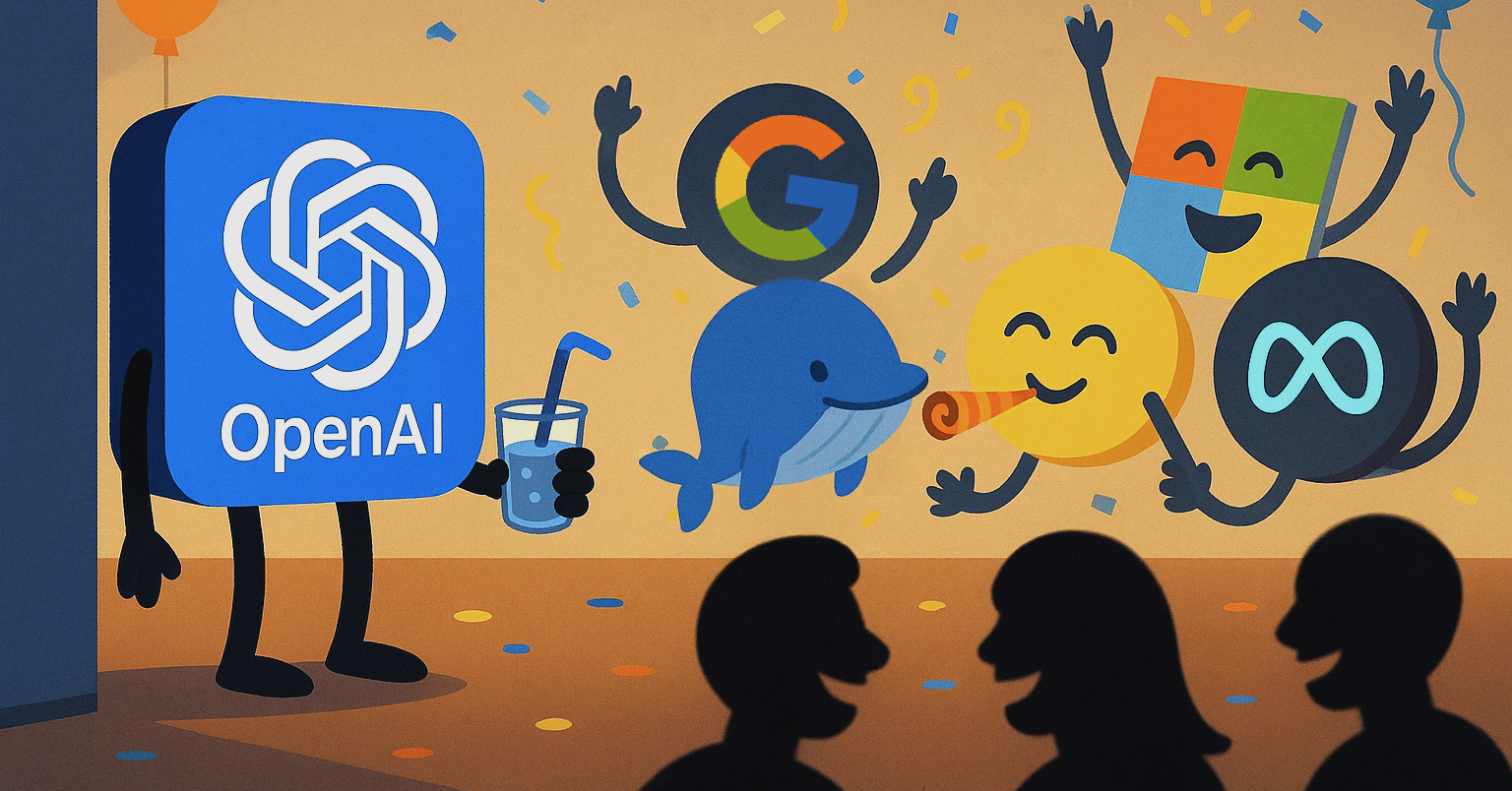Creativity Came to Pass
Creativity /kriːeɪˈtɪvɪti/ n. Obsolete. The process or act of a human engaging in artistic or expressive production.
A story where human creativity and art disappear as a result of artificial intelligence usage and prevalence. Written from the perspective of someone in the future.
https://vale.rocks/posts/creativity-came-to-pass
Cloudflare, its interface a mess.
It’s breaking my site and causing duress.
These settings confuse me, I must declare;
Working this out is quite the affair.
I hate it so much, but I don’t care.
Actually, I do, and I’m pulling out hair.
How I'm Using AI
As long as AI isn't using me...
An overview of my personal usage of Large Language Models (LLMs) and other generative AI. Tracking my experiences with AI tools, specific models (ChatGPT, Claude, Gemini, etc), applying them practically, and realistic perspective on their strengths and limitations over time, from coding attempts to language learning assistance.
https://vale.rocks/posts/ai-usage
As it is getting closer to publication, it seems prudent to advertise that I’m writing a novel!
Tad unusual for me, but it’s a proper, comprehensive work of fiction.
I’ll have more details to share in time, but it is pretty much Fear and Loathing in Las Vegas meets the corporate shittery of Silicon Valley venture capital.
My Writing Style and Mannerisms
Stay tuned for my writing manorialism.
A look at the stylistic fingerprints marking up my writing. Covering and vaguely justifying my spellings, use of punctuation, sentence structure, and other prosal crimes.
https://vale.rocks/posts/writing-style-and-mannerisms
Why Video Isn't My Publishing Preference
I am a writer of words, not a vidier of videos.
Why I prefer not to publish video, including practical, technical, and personal reasons I find text a more maintainable, accessible, and effective medium for my online content.
https://vale.rocks/posts/why-not-video
Why I Write
There are words here, and I'm justifying them.
Unpacking my compulsion and will to write, including its benefits in forming thought, letting me express myself, hone in a craft, and publish accessible content.
https://vale.rocks/posts/why-write
Predicting AGI/ASI timelines is highly speculative and unviable. Ultimately, there are too many unknowns and complex variables at play. Any timeline must deal with systems and consequences multiple steps out, where tiny initial errors compound dramatically. A range can be somewhat reasonable, a more specific figure less so, and accurately predicting the consequences of the final event when it comes to pass even further improbable. It is simply impractical to come up with an accurate timeline with the knowledge we currently have.
Despite this, timelines are popular – both with the general AI hype crowd and those more informed. People don’t seem to penalise incorrect timelines – as evidenced by the many predicted dates we’ve seen pass without event. Thus, there’s little downside to proposing a timeline, even an outrageous one. If it’s wrong, it’s largely forgotten. If it’s right, you’re lauded a prophet. The nebulous definitions of ‘AGI’ and ‘ASI’ also offer an out. One can always argue the achieved system doesn’t meet their specific definition or point to the AI Effect.
I suppose Gwern’s fantastic work on The Scaling Hypothesis is evidence of how an accurate prediction can significantly boost credibility and personal notoriety. Proposing timelines gets attention. Anyone noteworthy with a timeline becomes the centre of discussion, especially if their proposal is on the extremes of the spectrum.
The incentives for making timeline predictions seem heavily weighted towards upside, regardless of the actual predictive power or accuracy. Plenty to gain; not much to lose.
I wake delirious from an uneasy slumber. Beads of perspiration rest upon my forehead.
A distant horn sounds, then a second slightly closer.
I’m wide awake now. ‘The Vengabus’, I hear a woman scream, ‘It’s coming!’
Screams echo out around me. Pandemonium.
The Analytics of This Site
Nerding out on website analytics.
A look at website traffic to Vale.Rocks and a general analysis of the analytics. Particularly looking at popular referrers and the variance from general web analytics.
https://vale.rocks/posts/traffic-analysis
In a shocking turn of events, the concept of art has today been killed in a violent hit and run.
The perpetrator? Believed to be Al Gorithm, a generalist from the Bay Area.
Art was known for creating manifestations of imagination and will be remembered fondly.
Back to you in the newsroom, Jim.

